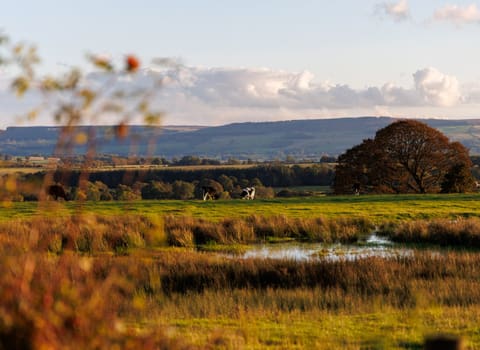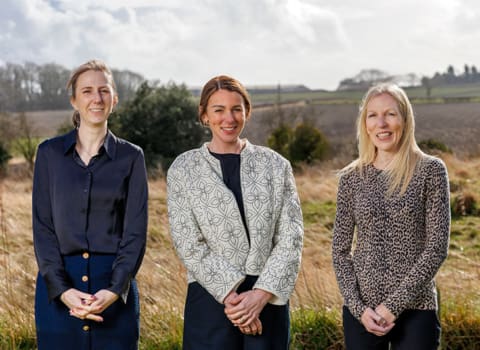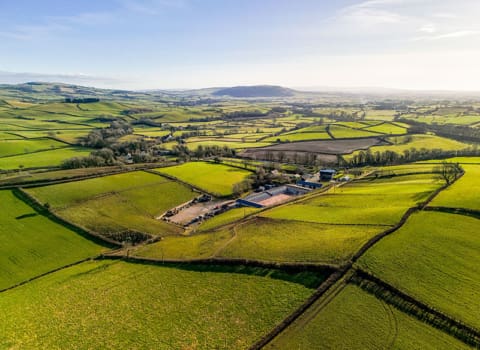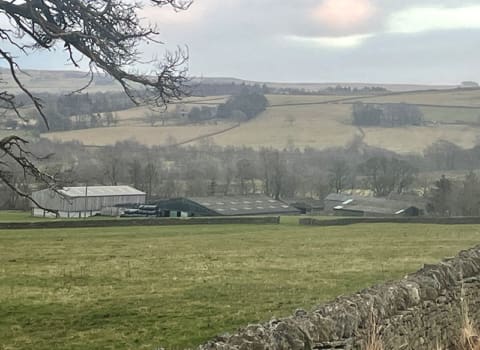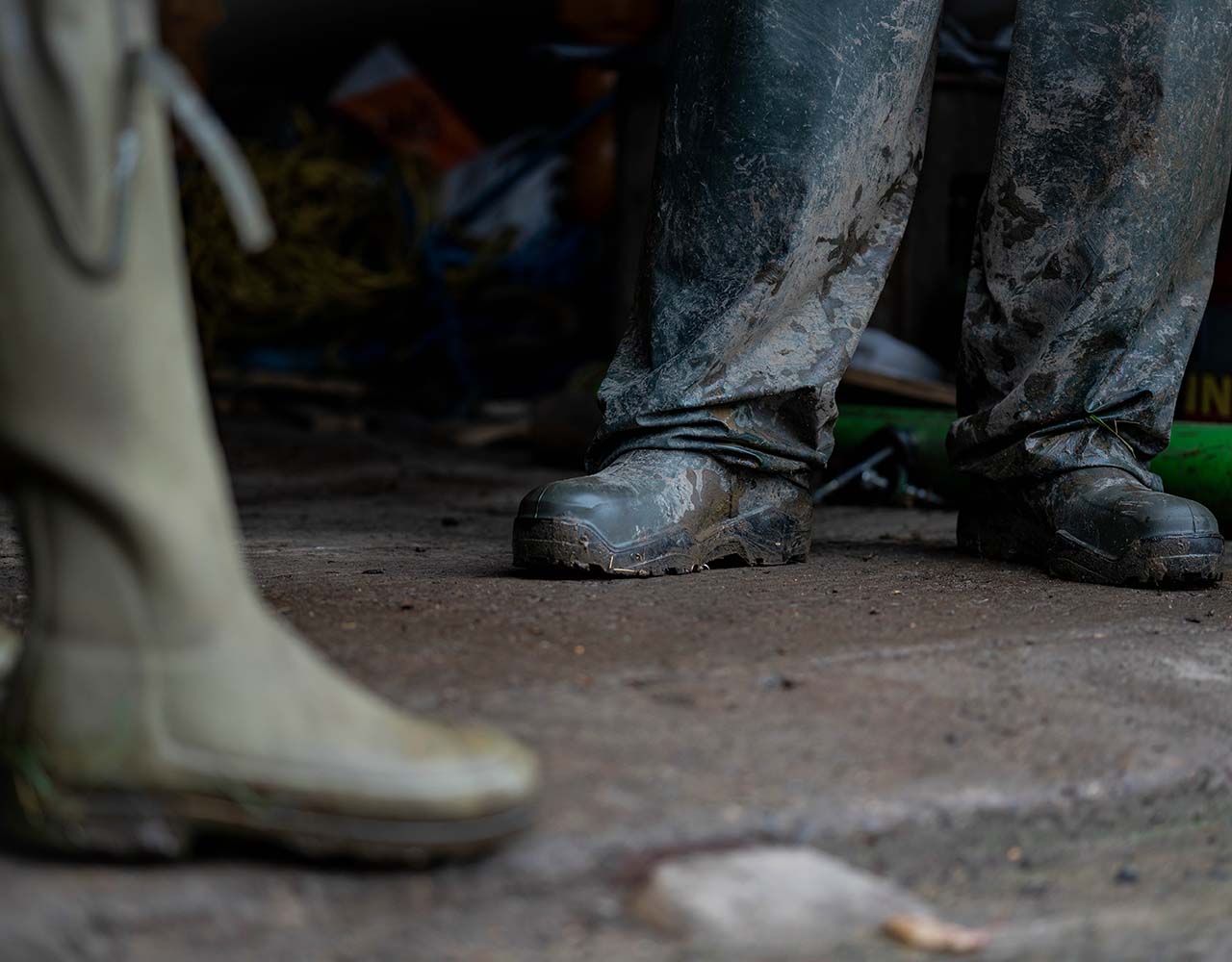Contact our offices
Main office
COLBURN
5 & 6 BAILEY COURT
COLBURN BUSINESS PARK
RICHMOND
NORTH YORKSHIRE
DL9 4QL
Estate Agency Offices are located in
BARNARD CASTLE, BOROUGHBRIDGE & RICHMOND
Residential Management Team
Our Offices
- Alnwick
01665 568310
Email Officealnwick@gscgrays.co.uk - Barnard Castle
01833 637000
Email Officebarnardcastle@gscgrays.co.uk - Boroughbridge
01423 590500
Email Officeboroughbridge@gscgrays.co.uk - Chester-Le-Street
0191 3039540
Email Officechester-le-street@gscgrays.co.uk - Colburn
01748 897630
Email Officecolburn@gscgrays.co.uk - Driffield
01377 337180
Email Officedriffield@gscgrays.co.uk - Hamsterley
01388 487000
Email Officehamsterley@gscgrays.co.uk - Hexham
01434 611565
Email Officehexham@gscgrays.co.uk - Kirkby Lonsdale
01524 880320
Email Officekirkbylonsdale@gscgrays.co.uk - Penrith
01768 597005
Email Officepenrith@gscgrays.co.uk
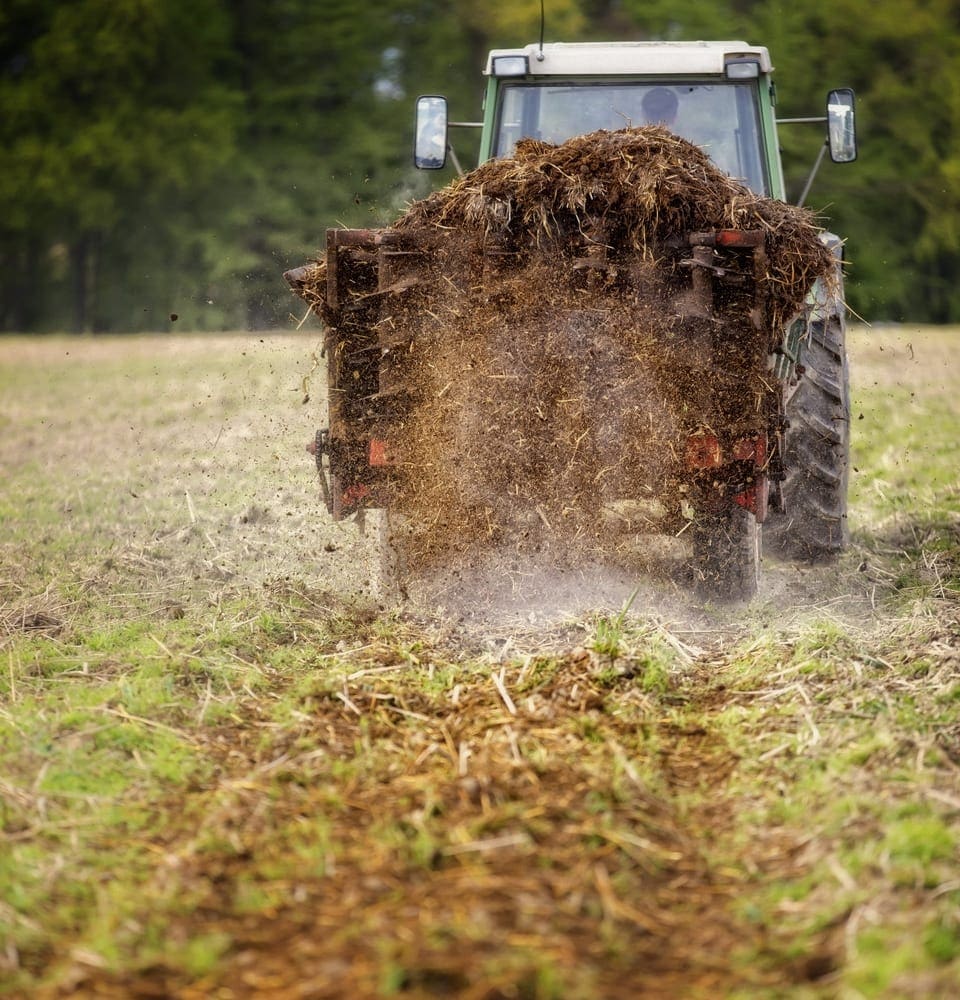
Environment Bill will set out ambitious targets for air quality
DEFRA have published plans to make the Environment Bill “the most ambitious environmental programme of any country on earth” by setting legally-binding targets across 4 priority areas: Air Quality, Water, Biodiversity, and Resource Efficiency and Waste Reduction. The details of the targets are yet to be confirmed, but the policy paper gives us a clear indication of the areas and objectives that will be covered by these long-term goals. This week, we’ll be considering what the announcement means for UK farming and other rural businesses.
Air Quality
The Air Quality targets set out in the Environment Bill will build on the 2019 Clean Air Strategy, to address air quality at a local and national level.
The government are already working to introduce new “powers to control major sources of air pollution” and though agriculture is not specifically cited in the new policy paper, it seems likely to be one of the sources that DEFRA will look to address.
Agriculture is a major contributor to UK air pollution and was one of 4 sectors singled out for action in the Clean Air Strategy.
A particular area for concern is the level of ammonia emissions; agriculture accounted for 88% of ammonia emissions in the UK in 2016. The main source is fertiliser application, both of manufactured fertilisers and slurry or manure, but manure and slurry storage and livestock housing are also important sources. Ammonia damages sensitive habitats and also combines with other gases to form airborne fine particulate matter (PM2.5) that is harmful to people as well as the environment, and has been singled out as a key area for action within the recent policy paper. Ammonia emissions are also a loss for the farmer, as the process of volatilisation that produces the gas, reduces the amount of Nitrogen from either slurry or fertiliser, available to the crop.
In the past, the Countryside Productivity Small Grant Scheme has provided some funding for equipment to help curb emissions. For example, new slurry spreading kit such as trailing shoes or injection systems, available through the CPSG greatly reduce the amount of ammonia loss compared to traditional splash plate spreading. This scheme has been popular, and for good reason, since upgrading your kit to lower emission alternatives will improve the efficiency of your fertiliser use as well as benefitting the environment.
However, funding for other measures that could tackle emissions, such as covering slurry stores, has not been available nation-wide. Countryside Stewardship capital funding for covering muck and slurry stores, renewing concrete yards, rainwater goods and harvesting, and improving yard drains, have for years been restricted to areas that are a high priority for water quality.
An increased focus on air quality may see eligibility for these grants extended to more businesses. Fixed covers can reduce emissions from a lagoon or store by around 80%, and improving yard drainage to keep clean rainwater out of the slurry store increases your storage capacity, allowing spreading to be timed carefully to reduce nitrogen losses. Extending grant funding for these items through Countryside Stewardship would no doubt also incentivise some farmers who might not otherwise have entered stewardship to consider a scheme. A ‘win-win’ for DEFRA targets and for farmers, but one that we cannot count on for the time being.
The other side of the coin is that strict air quality improvement targets may also signal a tightening of the regulations in this area. The air quality strategy has already set out the government’s plans to introduce requirements to spread slurry and digestate using only low-emission spreading equipment by 2025 and for slurry or digestate stores to be covered by 2027, perhaps earlier for those storing large volumes.
For farmers weighing up an investment in new spreading equipment or yard infrastructure such as slurry stores over the next 5 years, it is difficult to know whether to invest now to ensure you are well prepared for forthcoming changes, or to wait to see whether further funding options might become available. We expect the small grant scheme to open again later this year, and stewardship will certainly run again in 2021. It would be reasonable to expect some further support for equipment before the 2025 and 2027 cut-offs, perhaps through the first ELM schemes in 2024, but as we approach these deadlines competition for grant-funding will be high.
One thing that we can be sure of, is that reducing ammonia emissions is high on DEFRA’s agenda, and with the introduction of legally binding targets for Government as part of the Environment Bill, the targets imposed on farmers will be just as demanding.

GSC Grays News
Residential Property Market: Recent Trends and Prospects for the year ahead
Read more


